Jan----How wonderful to see an actual interior view of this wonderful old coach.....there cannot be too many left around! The Luxury Coach was always one of my favorite Dinky Toys buses.....I loved the elegant, but quaint look.
Best regards, Terry
A new contribution of mine to this thread after a recent addition of a nice blue example, reason for some more research for my catalogue entry of this model.
Although there was an overlap in 1951 and 1952, the no. 29g/281 Luxury Coach of April 1951 seems to have pushed aside and succeeded the similar no. 29e Single Deck Bus, a half cab which was in production for a relatively short period (1948-1952) only. The large colourful flowing side strips, also to be found on the Single Deck Bus and the no. 29f/280 Observation Coach (1950-1960), are so very characteristic for the design of these 1940s and early 1950s coaches, especially in the U.K. This coach can be found in beige (with orange), maroon (with cream), medium blue (with cream) and cream (with orange or red) with some incidental wheel colour variations.
Whereas the previous Single Deck Bus was always packed in trade boxes and had crimped axle ends, the Luxury Coach was soon to be sold in individual boxes only and always had rounded axle ends. Early boxes show 29G in small red characters and 281 white in the main black oval on the main side flaps (no number on the illustrated sides yet).
The big design drawing of the Luxury Coach cannot be traced. The ‘Complete’, assembly drawing (job no. 13480) and the one for the tin base (job no. 13482) are the only designs known. Once they were owned by Mike & Sue Richardson. The ‘complete’ drawing of 9 November 1949 was shown in the auction catalogue of Christie’s (October 2000), and a detail was shown in Dinky Toys & Modelled Miniatures (page 195).
1957 saw a colour finish change, replacing the old schemes by the cream with red and the blue with cream models. This is registered in the well-known Amended Colour Schemes list, (memo no. 20645/1 of 5 February 1957). Although from that moment on the beige one was replaced by the blue one in the catalogue pictures, the blue one seems to be harder to find than the contemporary cream with red one – still, both of them less common than the early colours. Interesting to read that ‘… the changes to Dinky Toy colour schemes will be put into production as soon as present stocks of boxes are exhausted and new boxes available’.
I have never seen a blue example fitted with treaded tyres, the type of tyres that were introduced from August 1957 on. This may mean that this blue one was not continued after 1957, whereas the coach was still advertised in 1958. The cream/red version, often fitted with treaded tyres, was apparently available until the end. Until recently these later version fetched rather high prices.
The real world example the Dinky was based on is the attractive British coach made by Maudslay and fitted with a Duple body. The same goes for the no. 581/981 Horse Box. In fact their fronts are the same, albeit on 1/77 and 1/48 scales respectively. Look at the straight cut off front of the Horse Box and the sloping down towards below the number plate solution on the coach. A faint straight cut off line is also visible in the casting of the coach. The Maudslay badge on the radiator grill is easily recognizable. The remarkable little bulb near the front – looking like a kind of indicator – is an intake for the airconditioning.
Maudslay was a small brand, certainly if compared with the giants like AEC and Leyland. It is supposed that the one-time presence of this Maudslay coach at the Commercial Motor Show 1948 must have inspired Meccano to choose for this prototype. It was introduced there, together with the well-known Horse Box. The Maudsley coaches of this type seem to have become well-known rather by the Dinky Toys rendition than by the relatively few 1/1 prototypes on the road. Owing to the occasional orders by MacBraynes of Schotland these Maudslay based coaches still enjoyed some slight popularity and fame.
DTCA member Roger Bailey – former editor of Classic Toys – is a frequent author of articles about this and related Dinky buses and coaches.
BAILEY, Roger, The 1950s Dinky single deck bus: Part 3, Luxury Coach and Observation Coach. In: Diecast Collector 76 (February 2004) pp. 34-37.
BAILEY, Roger, Dinky Single Deck Bus: Maudslay postscript. In: Diecast Collector 79 (May 2004) p.43.
-Additional information, including comments by David Brady and Brian Salter.
BAILEY, Roger, Dinky single deckers of the 1950s: In the first part of this series in our July issue Roger Bailey covered the Dinky Roadmaster; this time he features the Single Deck Bus and the BOAC Coach. In: Diecast Collector 74 (December 2003) pp. 52-54.
BAILEY, Roger, On the buses: Roger Bailey finds some Exide transfers are just the ticket. In: The DTCA Journal 2:3 (July 2004) p. 8.
In fact, a book on this subject, by him and by Nelson Twells, is still in preparation. So far this account, any comments, additions and corrections very welcome! Kind regards, Jan
Hi Jan, another fine article detailing a very populasr and attractive Dinky Toy. However, I must make a small correction - the bodies for the (581/981) Horsebox were built not by Duple, but by Thomas Harrington of Hove, Sussex. In reality, the ones supplied to the Southern Railway and the London and North Eastern Railway companies just before Nationalisation in 1948, although built on the same Maudslay Mk3 chassis, had a shorter rear end and simpler decorative trim. Corgi Trackside made a very good model of the Railway-style ones in 1/76 scale. The Observation Coach, also a Maudslay Mk3, had a body by James Whitson. The Maudslay Company was merged with AEC and Crossley to form the Associated Commercial Vehicles (ACV) group, later absorbed into the ill-fated British Leyland giant.
Thank you Kevin, your additions and corrections are much appreciated! Kind regards, Jan
Jan
A fine photo-essay on two Dinky Toys that were very much a part of my younger life. The Luxury Coach together with a red 29h Duple Roadmaster Coach arrived together, unboxed, under our Christmas Tree, December 1953.
Here is my Luxury Coach, not mint, just showing the effects of being played with all those years ago.

Christmas 1953! Ouch - that is coming up to 64 years ago! Whoah! That makes me feel very, very old! The white residue that can be seen around the edges came from the polish I used as a kid to make it shine. Now, should I attempt to remove the residue or leave it? Big question.
The Coach is no where near mint - just a nice reminder of an era long gone. It is nice seeing the photos you included of the Maudslay display at the 1948 Motor Show at Earl's Court. I just had a loook at the images associated with the auto displays held at Earl's Court over many years, and we certainly lived during a wonderful period of history with all those British auto manufacturers displaying their new products.
As for the Maudslay display, the Horse Box appears to be different to the one Dinky made, as the real vehicle looks as if it had two opening rear doors together with a ramp, although I could not tell whether the ramp closed upwards, or slid under the floor before the double doors were closed.
Ah, another vehicle to research through my files!
Thank you again Jan, and also Kevin for the corrections to Jan's fine photo-essay. May I suggest that you also Post your valued comments in the 581-981 Horse Box (1953-61) Topic that I have just created.
Kind regards
Bruce Hoy (150)
20171007/1138/2109
Thanks for the comment and suggestion, Bruce.
My collecting of the no. 29g/281 Luxury Coach and its variants seems to have gained momentum this year. It took me almost 20 years to be able to buy the first three examples, but only 1 month to add another three (at happy bargain prices). A concise collecting history till the arrival of two more examples yesterday:
17 February 1987 (Amsterdam) Cream body, red flashes and hubs, treaded tyres.
30 May 1998 (Houten) Fawn body, orange flashes, cream hubs, smooth tyres.
20 June 2006 (Camberly, UK) Maroon body, cream flashes, red hubs, smooth tyres.
1 July 2017 (Derby, UK) Blue body, cream flashes, yellow hubs, smooth tyres.
27 July 2017 (Wrexham, UK) Fawn body, orange flashes, green hubs, smooth tyres.
1 August 2017 (Poole, UK) Cream body, orange flashes, cream hubs, smooth tyres.
Jan-- A really wonderful collection and display of this charming early 1950's English bus. To me at least, this was always one of my favorite buses that Dinky produced.....such a beautiful, flowing design, and I love the colorful side flashes. Nicely done!
Best regards, Terry
A recent addition to my fleet of no. 29g/281 Luxury Coaches is this buff early trade box for half-a-dozen LC models, with contents. It’s a nice, sturdy box, with internal dividers. All staples are visibly rusty though. There is no very obvious wear. I have never had this kind of full box in my hands and I am impressed with the sheer weight of such a box with all six medium sized models inside.
The contents is not fully coherent, original, as packed in the factory, and the longer I studied the individual pieces, and with more attention, it has become clear to me that the majority of the predominantly very beautiful, ‘as new’ contents must have been made up, (re-)assembled lateron. It is rather difficult to find images or precise, detailed descriptions of the (guaranteed authentic) contents of a similar, comparable early box.
This box bears the quality control stamp reading ?? 2 51 below the bottom. So, as the Luxury Coach turned up in Meccano Magazine in April 1951 for the first time, this box must initially have contained a set of models belonging to the very first batch(es) produced. I would presume that such a box should preferably contain maroon models with maroon rather than red hubs. But even if all three very close to mint maroon examples with red hubs would seem to be a part of the original contents, this is denied immediately by the fact that every single one shows individual differences on close inspection. This goes both for the slightest shade differences of the flash finishes observed (I did not succeed to make these visible in the photographs) and also the differences in the way the rivets have been finished. Base plates are all identical but two models show bare, dimpled rivets, one other shows maroon domed rivets. So they cannot have belonged to the same production batch. Possibly one of them could have belonged to the original contents though.
The all maroon example present can be rated as ‘excellent to near mint’. Could this item have been part of the original contents? Then this would have been the sole all maroon survivor. Red and maroon hubs on this colour have lived next to each other for quite some time, I believe. But also mixed within one trade box?
As the common colour counterpart the fawn version was often found in these boxes. Although the fawn with cream wheels example has some slight chipping on edges, it could be a survivor of the original non-played-with contents. But why is there a small round fawn colour dot pasted onto the base plate? Did it come from an individual Dinky Toys box it was packed in before? Even less probably does the uncommon fawn example with red wheels belong to this trade box, as its paint quality cannot be rated higher than ‘good’, so it is obviously played-with, and children do not very probably play with the stock of the retailer or the pride of a collector.
As by definition the contents of a trade box should be looking ‘as new’, unsold to the consumer as it is, I will replace the visibly play-worn fawn with red hubs example, which does not match the rest of the contents anyway, by a fine loose fawn example with cream hubs, which is in my collection already. A happy buyer of this one turned up already. Perhaps I can find another identical near mint unboxed example some day in the future, in order to replace the all maroon one too, which by the way happens not to be present among my other single Luxury Coaches yet.
Being well aware that I will not disturb any present authentical cohesion, I intend to make this practical reshuffle in order to make the contents of this trade box as credible as possible, with near mint models, divided into two symmetrical colour groups. If, however, anyone has better suggestions about what to do, or any other comment, I will be glad and grateful to hear so. Kind regards, Jan
The drawing job 13 482 for the Luuxy Coah base plate states : "24-9-52, sales no 29g added".
As I have not seen a base plate stamped with 29g, could some one confirm that this change has been done with a photo ?
Thanks and regards.
Jacques.
Jacques, I presume my eleven examples of this coach cover the whole production period. However, I cannot find any reference number whatsoever embossed in their base plates. Kind regard, Jan
Thank you Jan, it is amazing that this change has not been done in the seven years after it has been writen on the drawing.
Jacques
Hello All
Does anyone know whether the book by Roger Bailey and Nelson Twells ever got published? I definitely want a copy!
I think that if it was published, we would know. I would also like one.
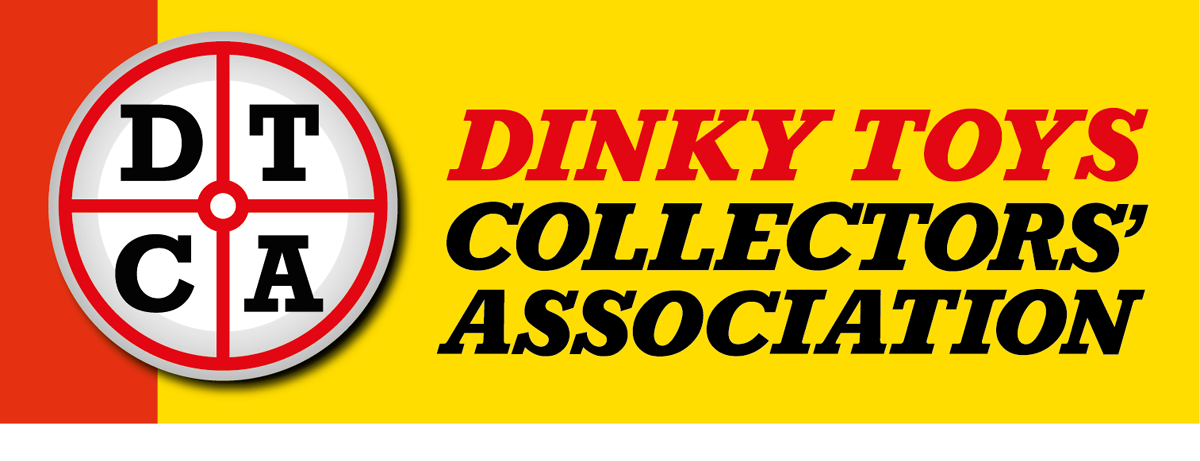

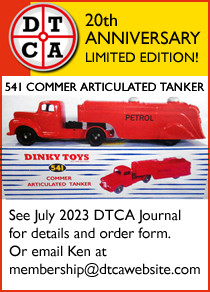

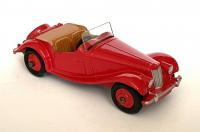
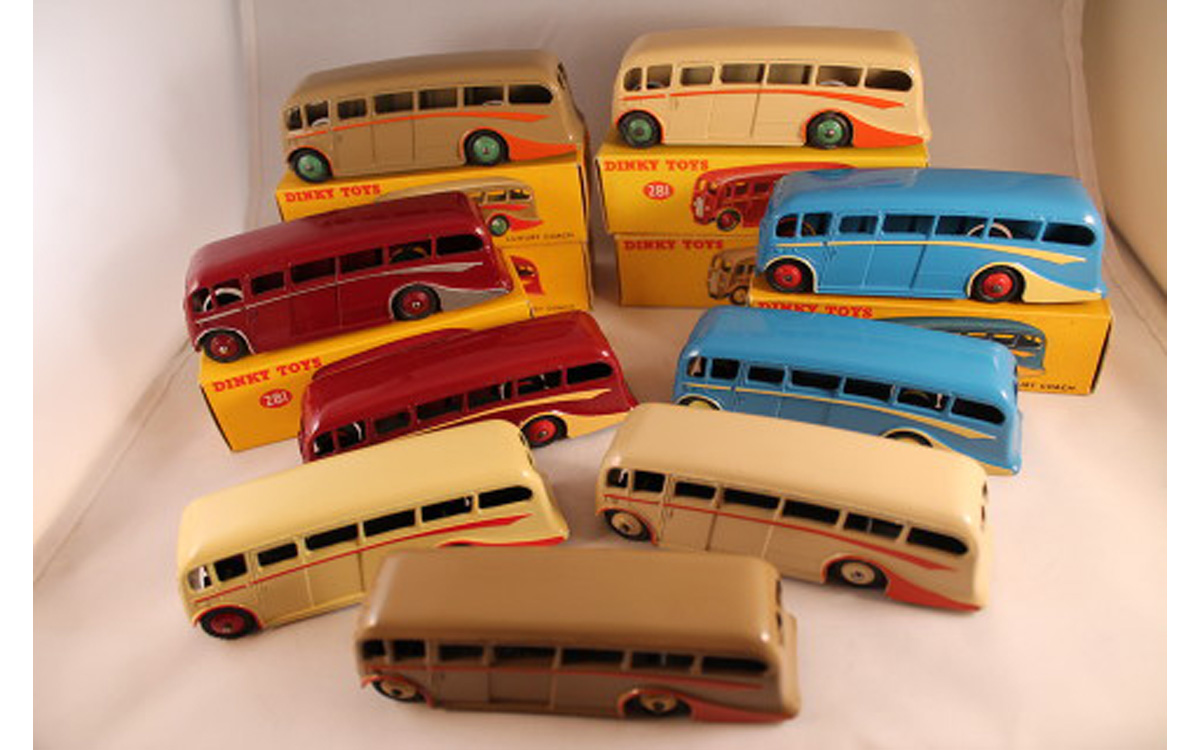
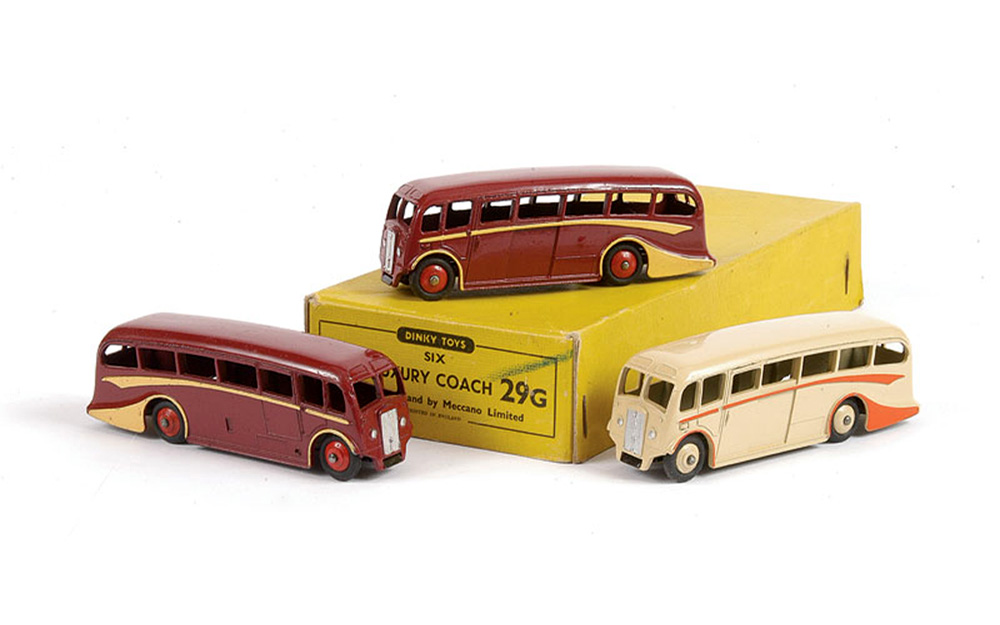
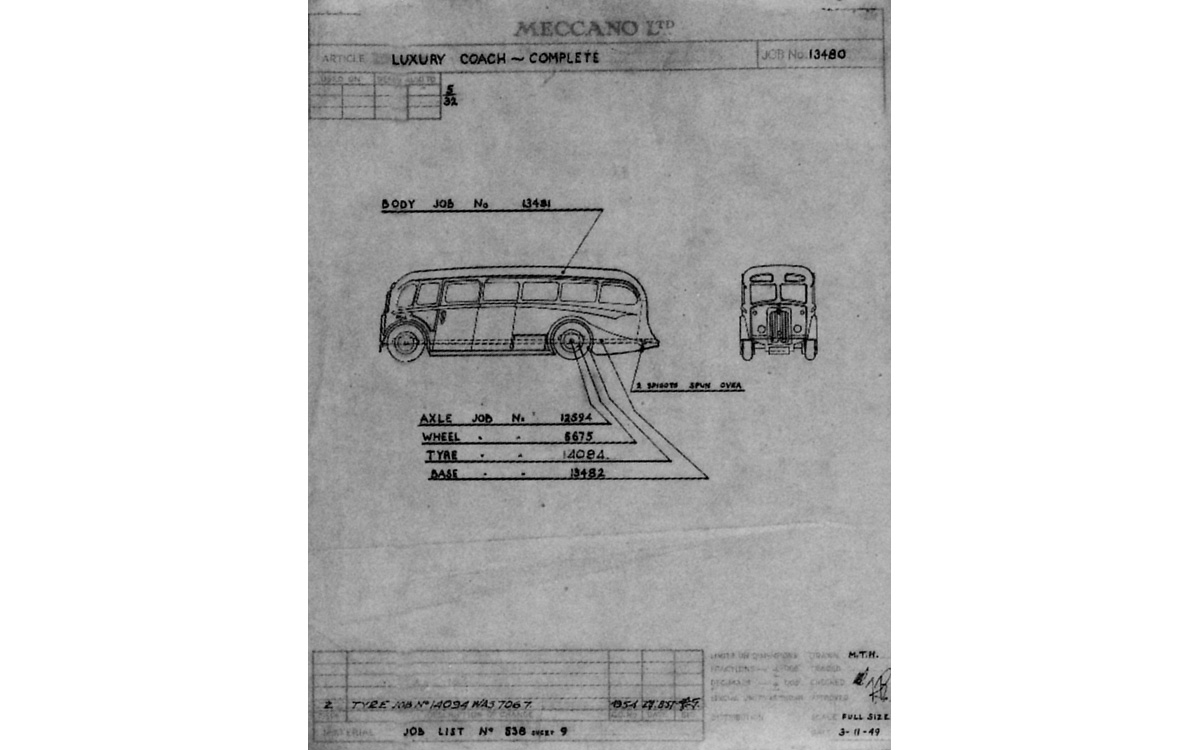

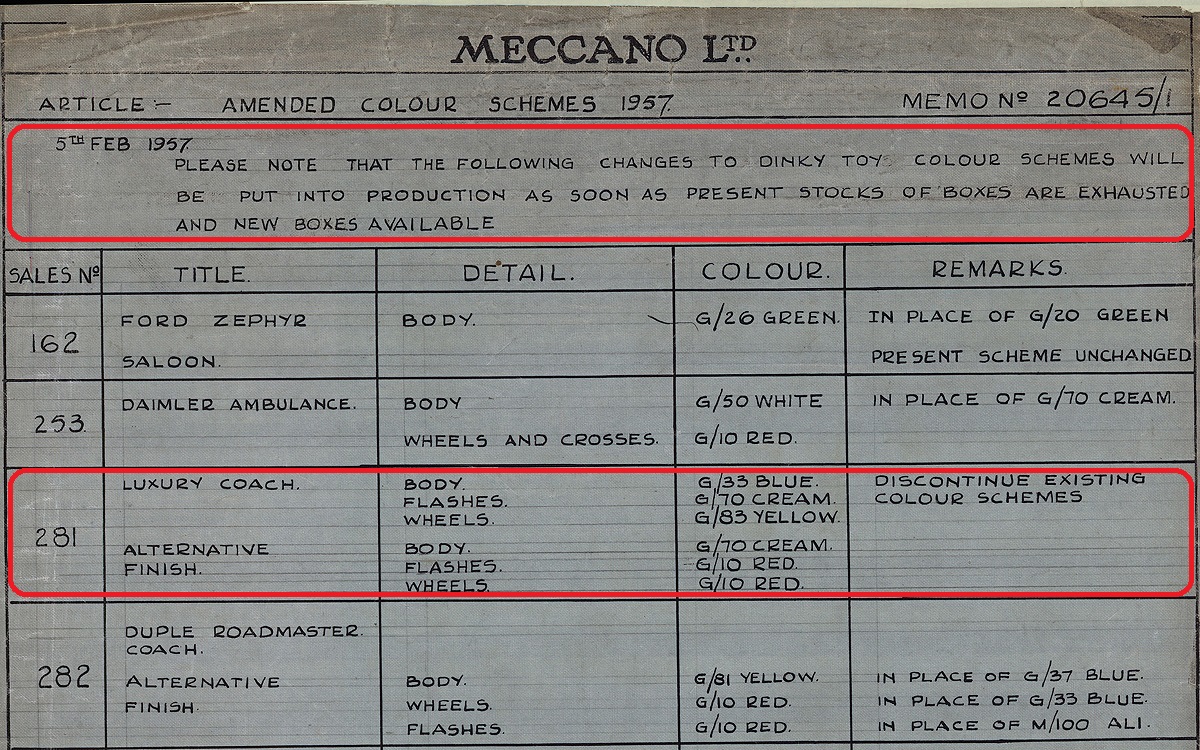
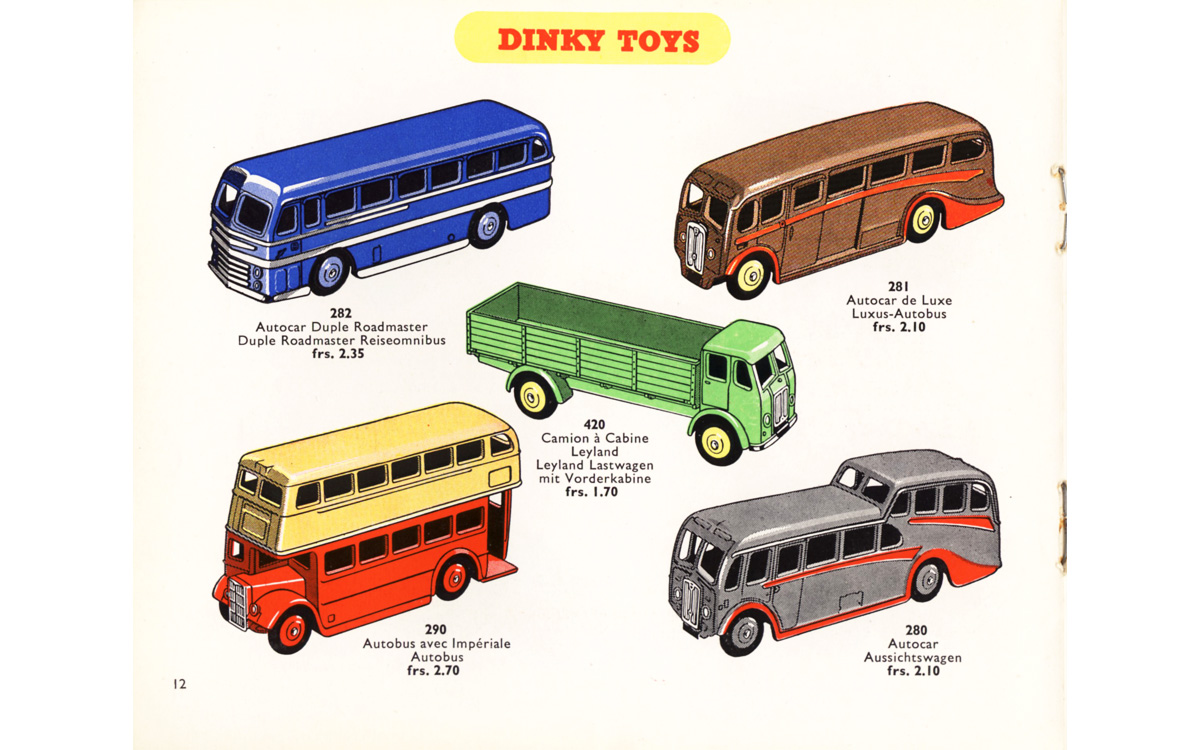
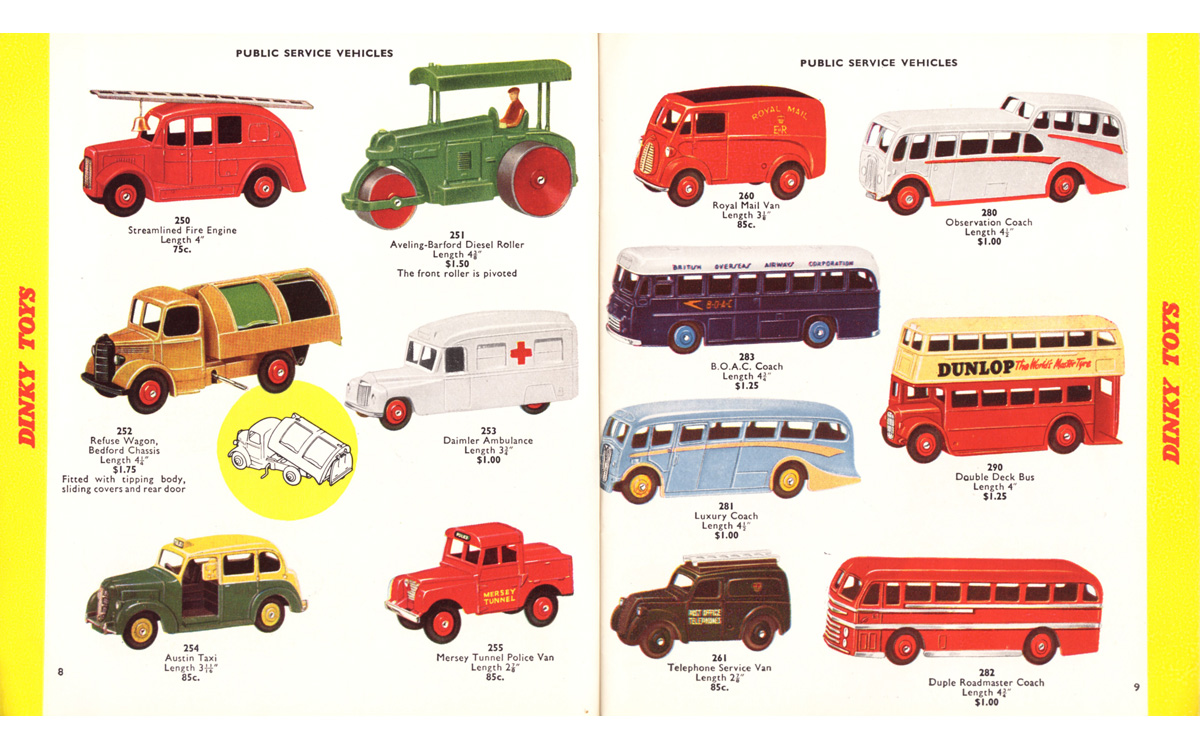
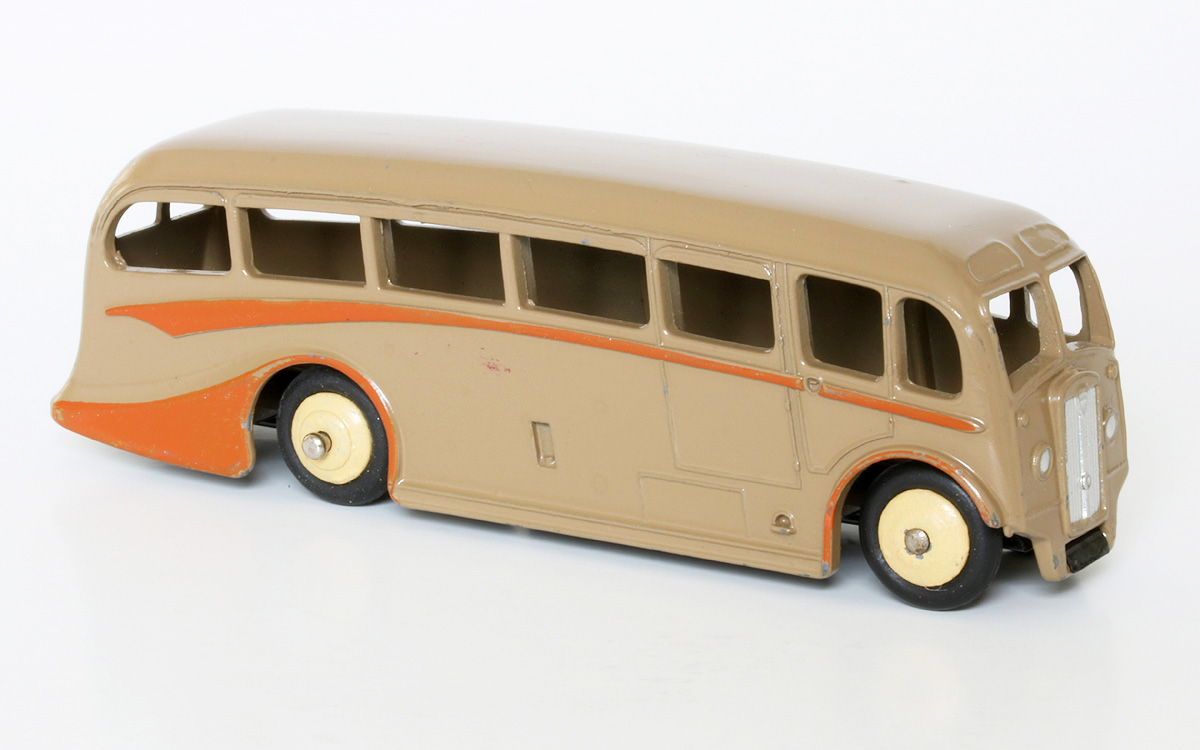

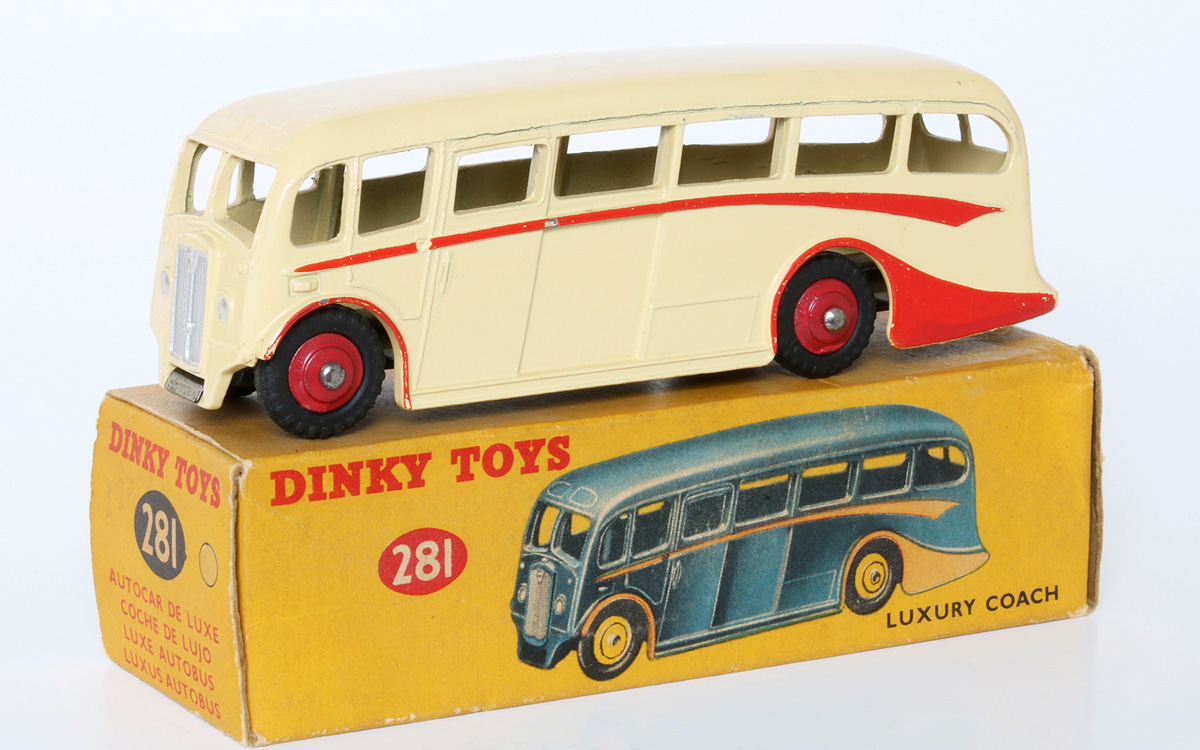

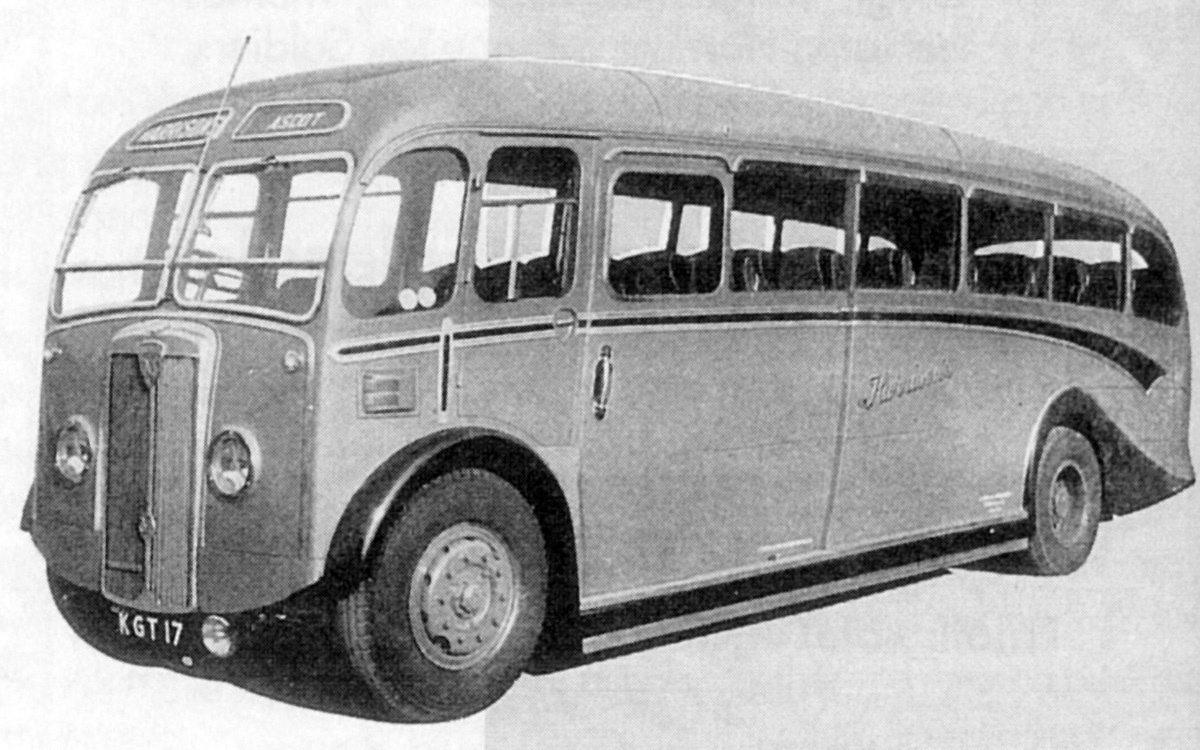
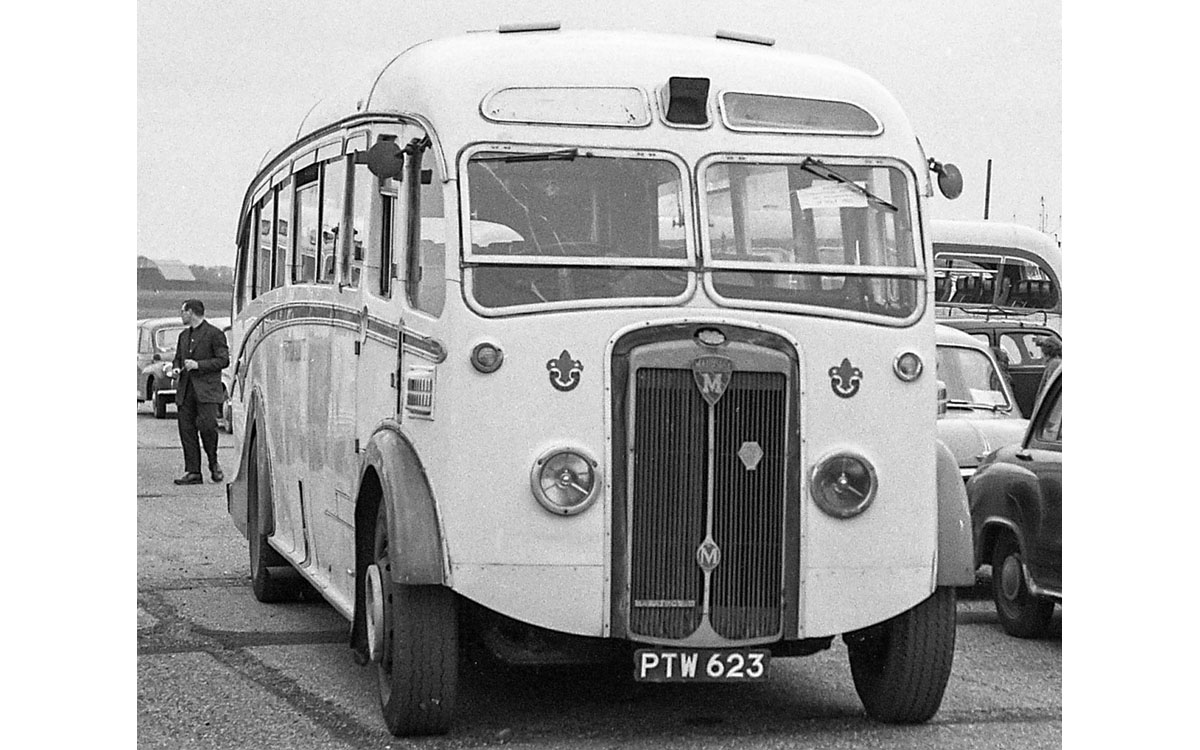
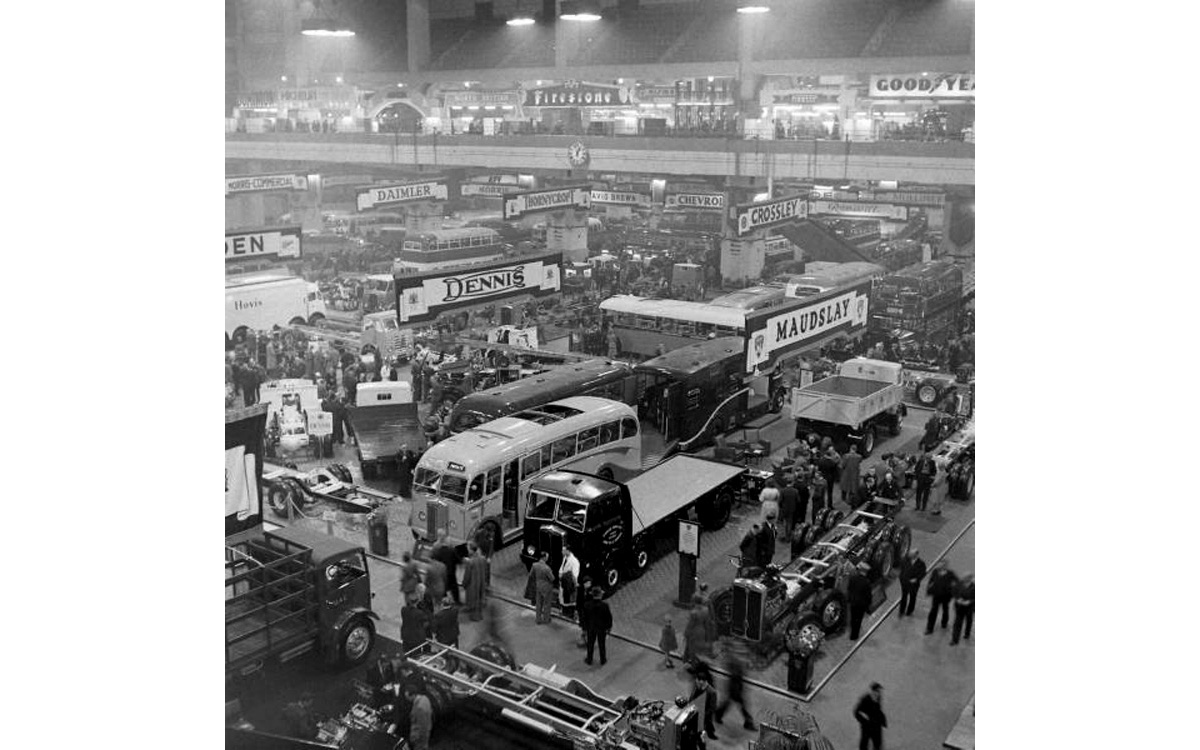
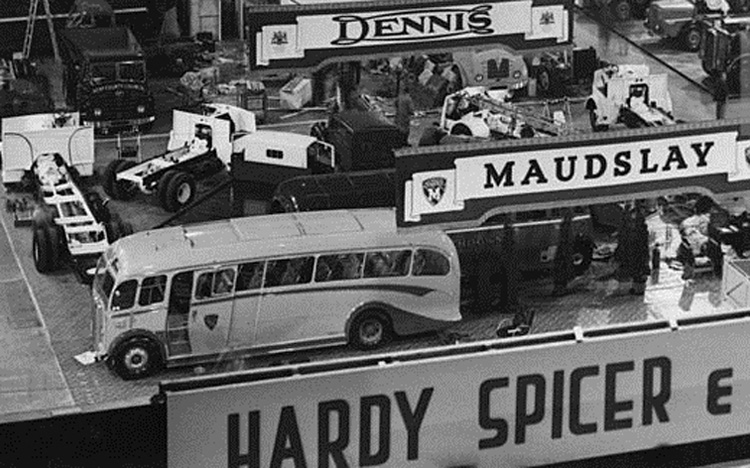
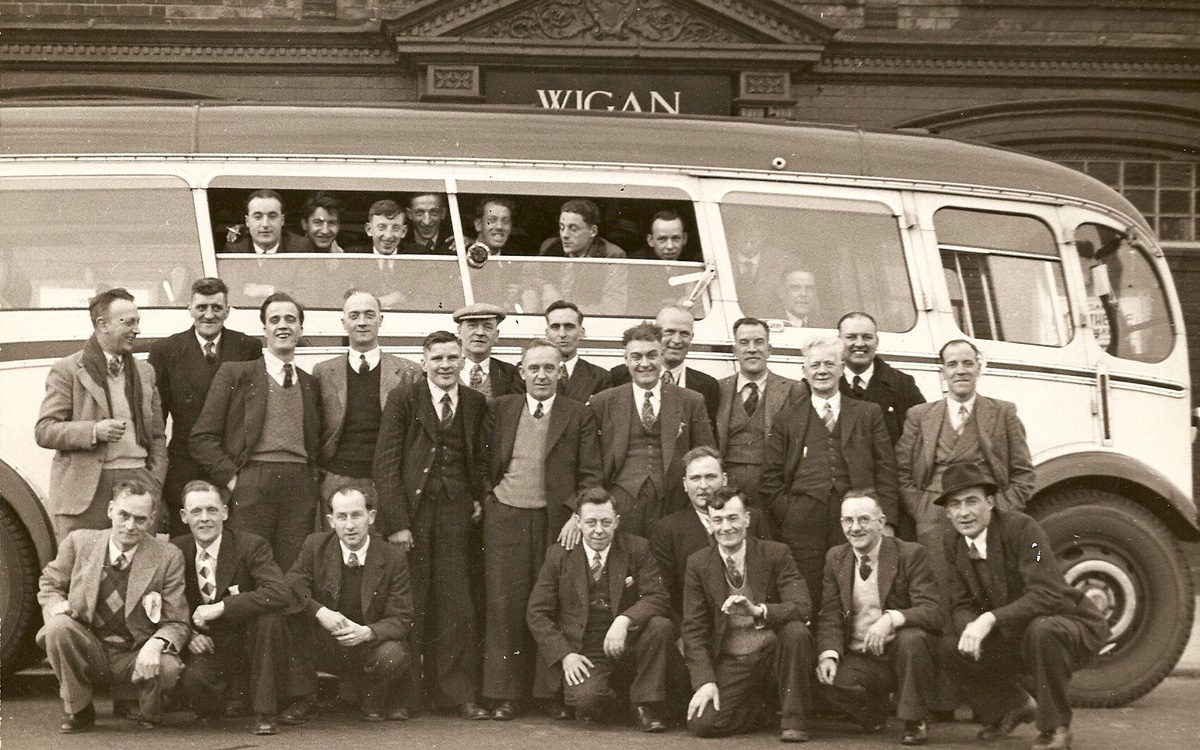
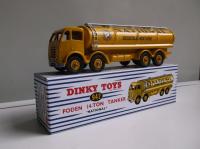
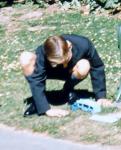
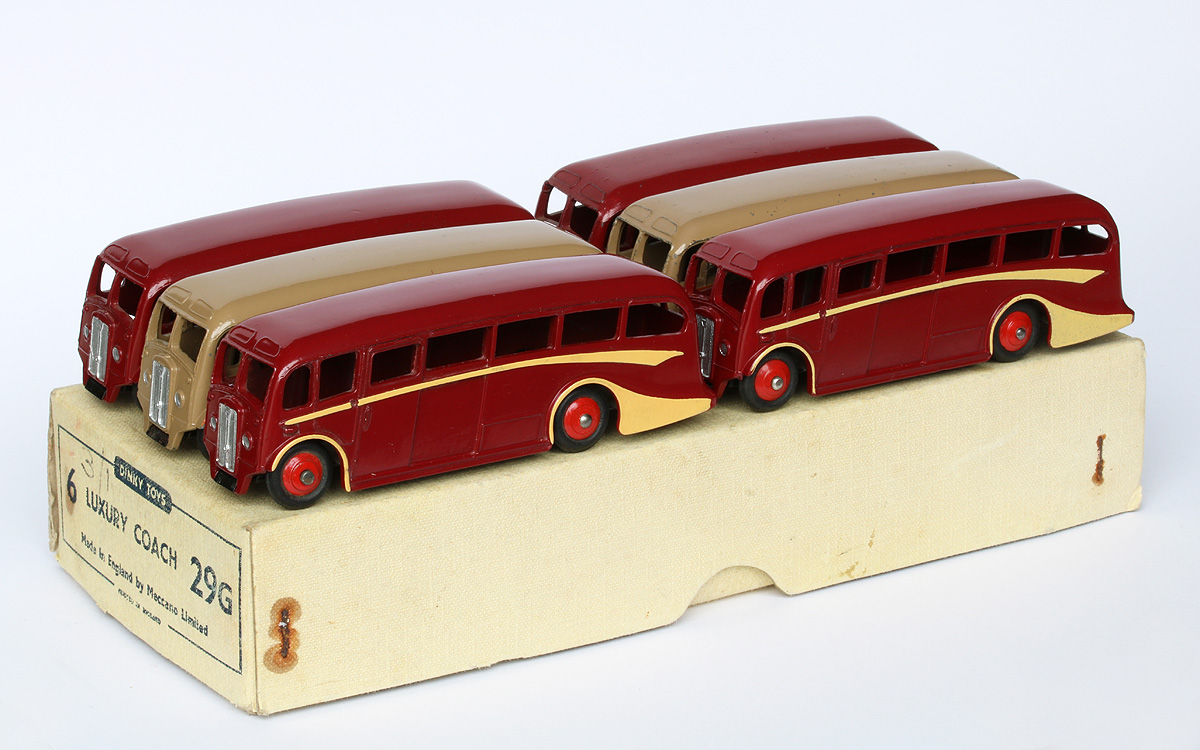
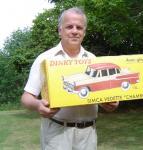
-073 Land Rover, Horse Box and Horse (1960-67)
DTCAwebsite upgrade 2023
DTCAwebsite upgrade 2023
-105c and 383 4-Wheel Hand Truck (1949-1958)
-105c and 383 4-Wheel Hand Truck (1949-1958)
DTCAwebsite upgrade 2023
DTCAwebsite upgrade 2023
DTCAwebsite upgrade 2023
DTCAwebsite upgrade 2023
DTCAwebsite upgrade 2023
DTCAwebsite upgrade 2023
DTCAwebsite upgrade 2023
DTCAwebsite upgrade 2023
DTCAwebsite upgrade 2023
DTCAwebsite upgrade 2023
DTCAwebsite upgrade 2023
DTCAwebsite upgrade 2023
DTCAwebsite upgrade 2023
--22c Motor Truck (1933-50)
--22c Motor Truck (1933-50)
DTCAwebsite upgrade 2023
DTCAwebsite upgrade 2023
Trailer Caravans
Trailer Caravans
DTCAwebsite upgrade 2023
DTCAwebsite upgrade 2023
DTCAwebsite upgrade 2023
DTCAwebsite upgrade 2023
Trailer Caravans
Trailer Caravans
-138 Hillman Imp (1963-73)
-537 Renault 16 TL
-189 Triumph Herald Saloon (1959-64)
-255 Mersey Tunnel Police Van (1955-61)
DTCAwebsite upgrade 2023